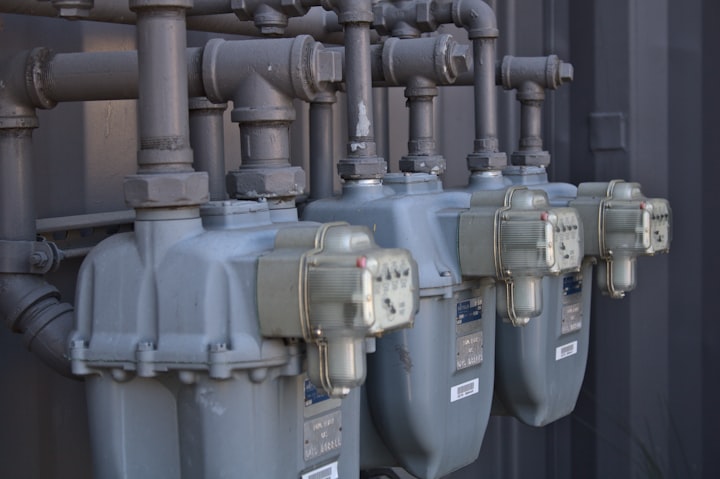Power Price Pinch
Which states are going to feel the pinch of higher natural gas prices
After reaching $8/MMBtu for the first time in nearly 15 years, prices continue to march higher and have their eyes on $9/MMBtu or even double digits
Natural gas prices are up ~200% YTD and may have room to run
Consumers see gasoline price signs on street corners daily whereas power bills this summer and winter may be looming disasters for many, with little forewarning of higher prices until the first big bill is opened
Power Generation Fuel Sources
The natural gas price spike may take time to work its way into U.S. power bills across the country, but it is coming.
Some utility customers may be on plans that fixed their fuel price for a period of time. Some Public Utility Commissions may allow utilities in their states to use riders to collect payments from higher bills over time. Generally, however, consumers that are on variable fuel price plans or those without regulatory lags will see dramatically higher power bills over the next few months adding to inflationary woes.
Although natural gas-fired generation will generally set the marginal price of power, impacting all states in a similar fashion, as discussed previously, states with the most natural gas generation are likely to see the biggest upward move in power prices in the near-term.
This summer could get hot in a number of different ways for the states at the top of this list.
Coal prices have also moved significant higher alongside natural gas. With low thermal inventories at utility plants, coal prices are likely to move with a high correlation to natural gas the rest of the year. The states with the highest percentage of coal & natural generation can be explored here.
On the other end of the spectrum, states that rely heavily on nuclear and renewable energy generation should see lower relative power price increases compared to states with high fossil fuel usage.
Although inflation is impacting the costs to build wind and solar projects, higher capital costs won't be felt for months or years and are effectively spread out over decades, whereas fuel costs changes flow through to consumers almost immediately.
Depending on the weather the rest of 2022 and the direction of coal and natural gas prices, power bills being opened may be the best advertising the renewable industry has gotten since the shale revolution flooded the U.S. with gas a decade ago.
Note that these charts indicate in-state generation and not total power supply. Many states import power, therefore the aggregate supply mix may vary compared to the state generation mix.




